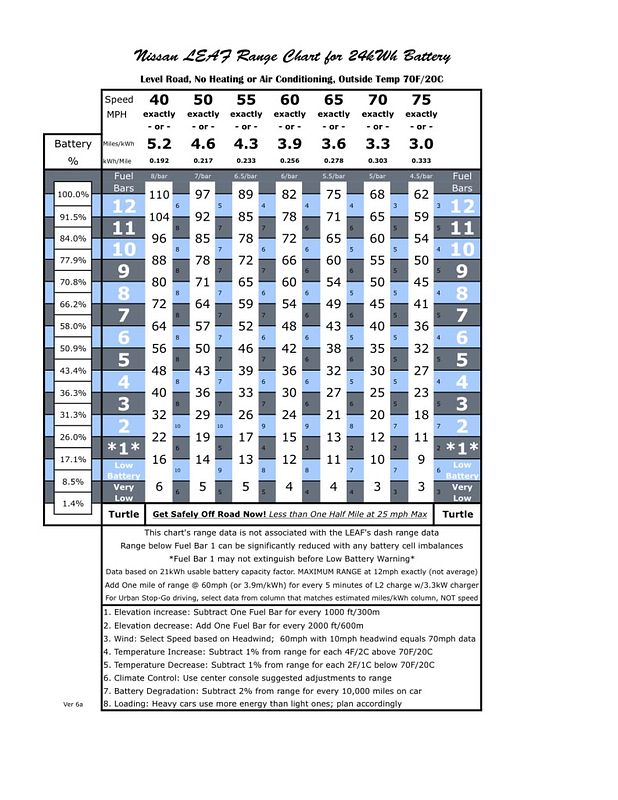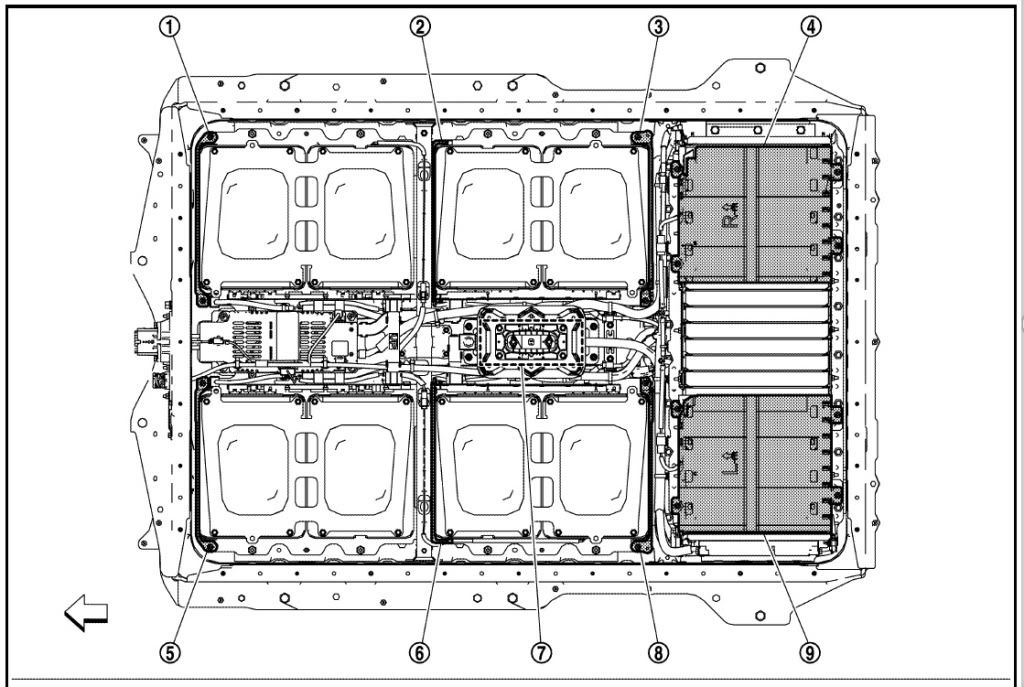Another quote from Charles Whalen:
"Technically, lithium battery calendar life is a function of 4 variables ...
mean (T)
standard deviation (T)
mean SOC
standard deviation (delta SOC)
that varies negatively (inversely) with all 4 of those variables.
The results given in the calendar life graph are for a steady-state, constant temperature T (thus where S.D.(T) = 0) and a steady-state, constant SOC equal to 60% SOC (thus where S.D.(delta SOC) = 0). Well, technically, in such tests the batteries *are* cycled once a month, so I guess it's not strictly speaking a zero S.D.(delta SOC). But the point is that SOC is held constant for 29 days out of the month in the type of testing that the graph given corresponds to. If the average SOC over time is greater than 60% SOC, calendar life will be less than that given in the graph. As the variability of both temperature (S.D.(T)) and the SOC cycling band (S.D.(delta SOC)) increase, calendar life will decrease."
Note: S.D. = standard deviation




